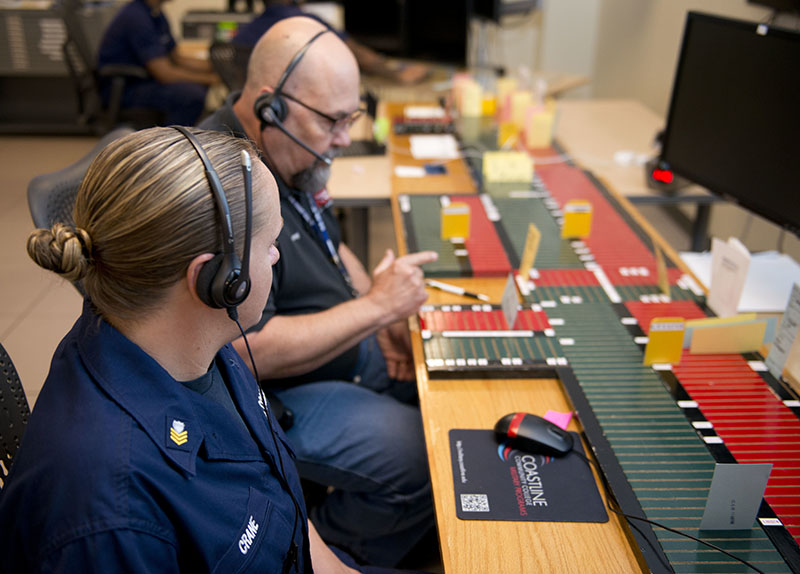A recent report from the National Transportation Safety Board identified notable flaws with the U.S. Coast Guard Vessel Traffic Service system, and recommended significant changes to training and operating procedures to prevent accidents on hazardous or congested waterways.
The NTSB undertook the study after investigating six major commercial vessel accidents in VTS areas dating back to 2009. Hazardous materials were spilled in three of those accidents, and in all six the NTSB found that VTS action should have been taken. Investigations revealed either that action was not taken or that need for action was not recognized, suggesting that the system might not be meeting its goal of reducing collisions, allisions and groundings.
Key takeaways from the study included:
- Widespread variation in the interpretation of VTS authority leading to inconsistent application of authority
- Insufficient or unrealistic simulation training exercises for VTS watchstanders coupled with inconsistent on-the-job training
- Watchstanders who don’t fully understand navigation rules and regulations and may not be comfortable applying them
- Watchstanders who have an incomplete understanding of their responsibility to provide navigational assistance
- Inconsistent experience/training among watch supervisors, resulting in supervisors who may not be proficient in operator knowledge and skills, and may not recognize a traffic conflict or unsafe situation
- Lack of cooperation between pilots and VTS personnel because of negative perceptions of VTS expertise (most VTS watchstanders are not licensed mariners with work experience on commercial vessels)
The NTSB had a list of 17 recommendations for the Coast Guard, including that the agency overhaul the VTS national standard operating procedures manual, internal operating procedure manuals, and training curricula; implement additional training that “emphasizes realistic [VTS] simulation exercises, including detecting and responding to unsafe traffic situations” and mastery of navigational rules; standardize training for watch supervisors including minimum work experience requirements; and create a variety of risk assessment programs.
Recommendations were also issued to the American Pilots’ Association, the American Waterways Operators, and the Radio Technical Commission for Maritime Services mainly involving research assistance and cooperation to develop and implement changes recommended to the Coast Guard.
Since 1994, VTS participation has been mandatory for most types of powered commercial vessels, towing vessels, and dredge platforms while operating inside a Coast Guard VTS area. A four-year study of the 12 centers that make up the VTS system revealed that an average of 18% of all reportable collisions, allisions, and groundings of qualifying vessels occurred inside the boundaries of a VTS area. Between 2010 and 2014, those incidents resulted in two fatalities, 179 injuries, and more than $69 million in damage to vessels, facilities, infrastructure, and the environment.
The study marked the first time the entire VTS system was formally evaluated for effectiveness, and the NTSB analyzed a variety of data sources including accident and vessel movement statistics and waterborne freight movement data for each VTS area, site visits, interviews, and feedback from users. The agency also reviewed VTS protocols,procedures, qualification and training standards, and researched similar systems in Canada and Europe.
Findings and recommendations were released ahead of the NTSB’s full report. The full report was issued Sept. 27.





